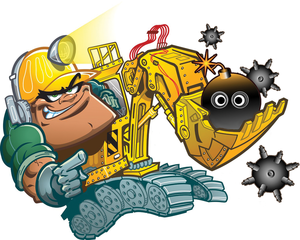Raspberry Craft
No two ways about it: For knowledge to stick, the training must be entertaining. Fortunately, learning to program in Python has just become a lot more fun – now you can learn by playing Minecraft.

Lead Image © Kenny Kiernan and vician, 123RF.com
No two ways about it: For knowledge to stick, the training must be entertaining. Fortunately, learning to program in Python has just become a lot more fun – now you can learn by playing Minecraft.
Minecraft [1], the "social lego" with zombies, skeletons, and creepers, has become a social phenomenon, earning a place in the Smithsonian's "Art of Videogames," a feature-length documentary [2], an article in The Guardian, and ports to nearly every modern personal computing platform in existence, including the Raspberry Pi.
Although you can run a Minecraft server from your Pi, hardware constraints won't allow you to play the full version directly on your Pi. However, a client version has been adapted to the Raspberry Pi, and that is the one I'll be using in this article.
The Pi version of Minecraft [3] is a bit limited, in that you can only use the Creative playing mode. This is similar to early versions of the game for mobile devices. In this mode, you have no mobs (animals, monsters, and non-player humans – a.k.a. "villagers"), and although you can dig, you can't pick up blocks (mine) or transform combinations of blocks into new objects (craft). Instead, in your inventory, you have an infinite number of the blocks and tools you need, and you use those to do your building.
[...]
Pages: 6
Price $15.99
(incl. VAT)